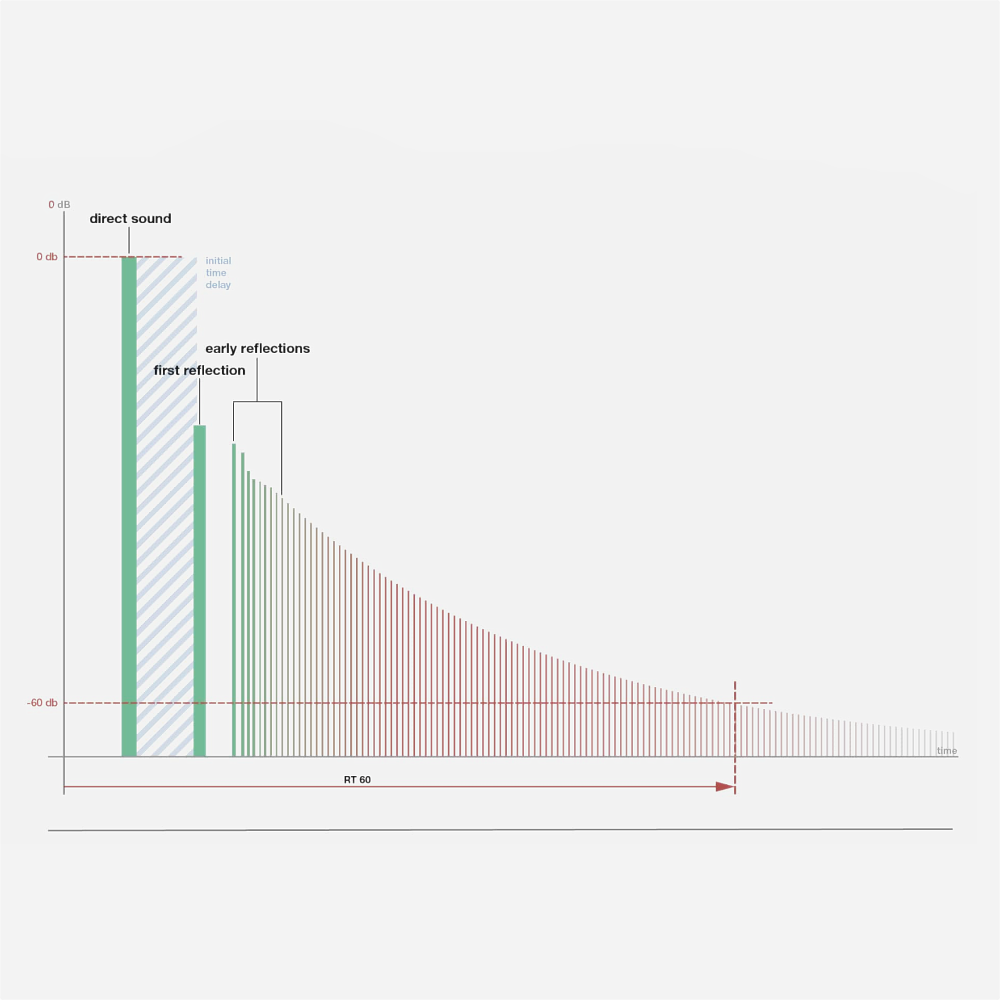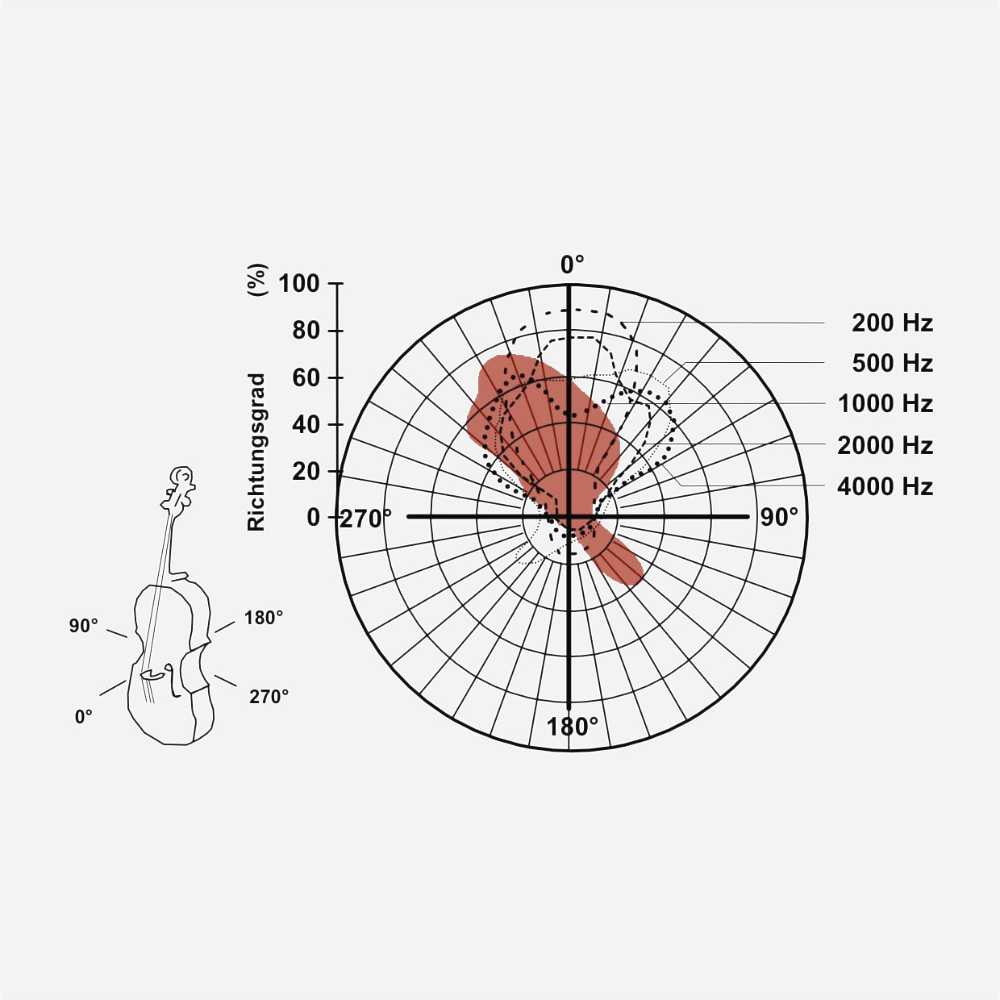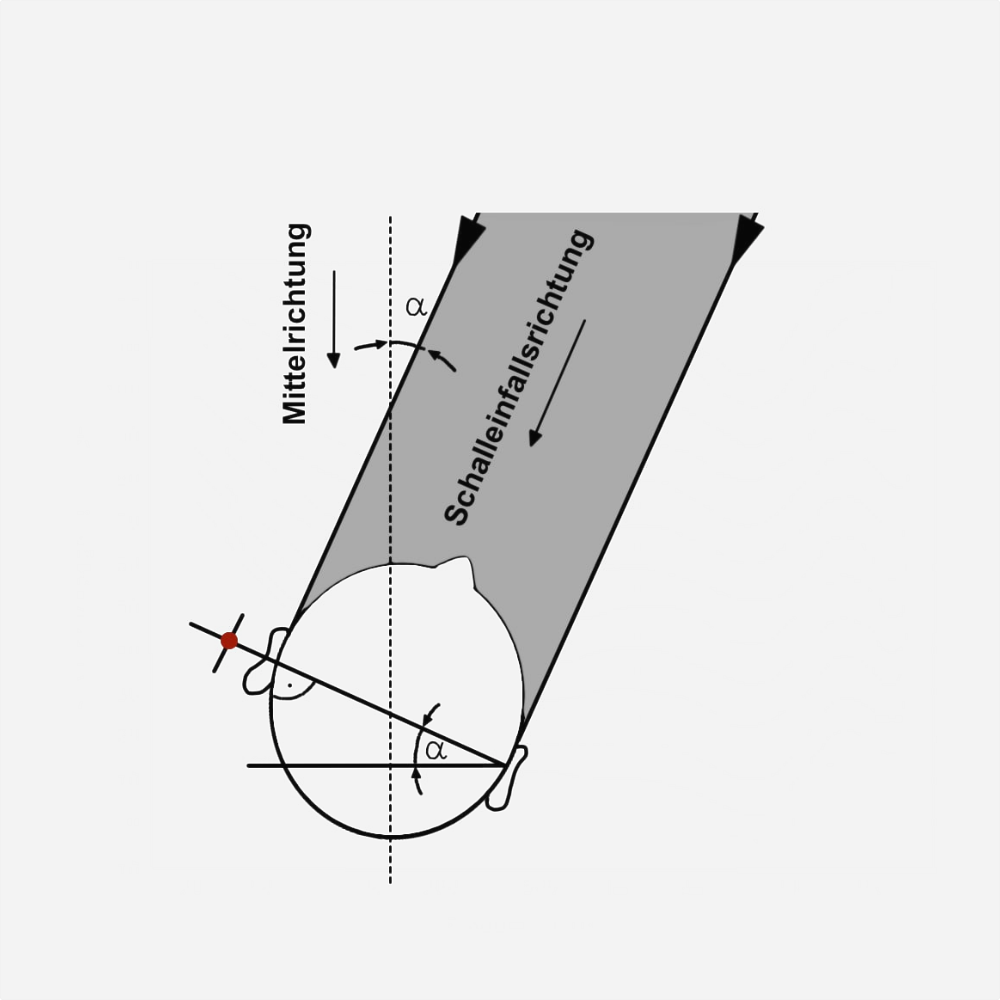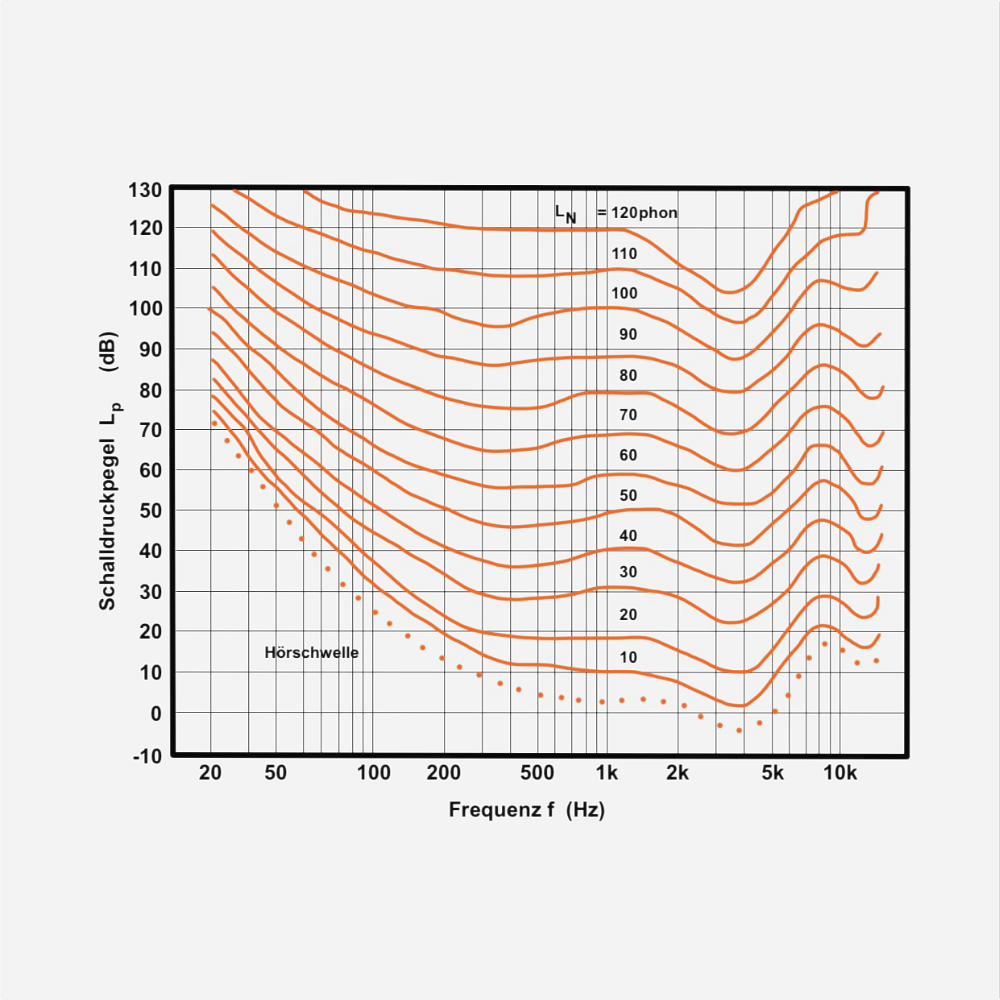Depending on the size and utilization of a room, different requirements apply to the optimum reverberation time. Rooms with a neutral behavior for monitoring and mixing should generally have a very low reverberation time. Rooms for recording instruments, on the other hand, should have a somewhat higher reverberation time. Some instruments, such as stringed instruments, even rely heavily on a high reverberation time and a large room to develop a natural sound. "The perfect room" or "the perfect reverberation time" therefore does not exist.
Back



